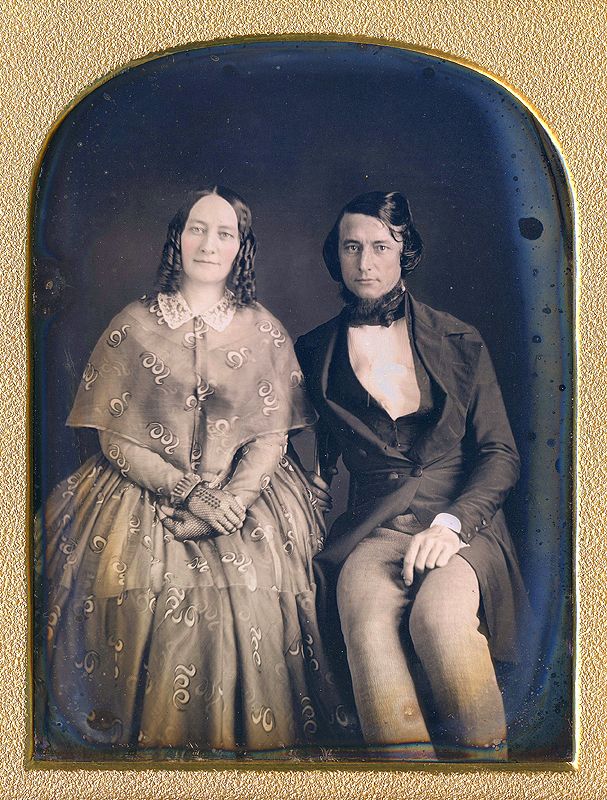Families are like unions. They are held together by common roots and memories and by choice. The Compromise envisions how life in a small family composed of three siblings could spark various conflicts and yet hold together. This is also the dynamic “Americanness” of our time. My characters interact in America as I imagine it 180 years ago. This could be how my ancestors made my lineage and shaped my inheritance. My great loves come from them, for learning, writing, nature, children and home, as well as for democracy, equality, and independence. Below are photos from the 19th and early 20th centuries that represent the novel’s characters.
Mariah Roche
“A proper woman can do whatever she has a mind to. I came. I saw. I conquered!”
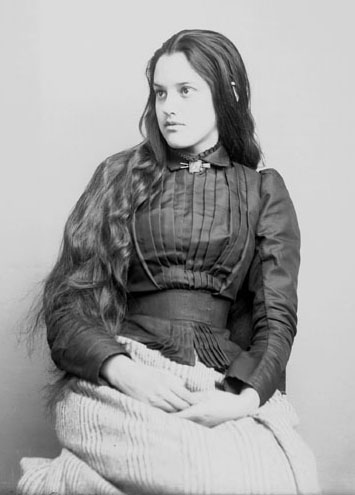
Mariah Roche lost her mother to the Trail of Tears in 1838. At age 16, she leaves Stoneville to start work as housekeeper in the female academy alongside her brother and sister, but Mariah will give her earnings to her future husband. Mariah is engaged to be married to a man she hardly knows and must wait five years for him to come for her. Meanwhile, she learns to read and write. Along the way, she meets strong and intelligent women from whom she learns to read and think, respect her native knowledge, and deliver babies as a midwife assistant. The narration is in her humble and intelligent voice.
We girls tucked up under our woolen nightgowns on the bear rug. We pulled up sheepskins and it was warm enough, but my heart was pounding too fast to sleep.
“Where’s he taking us?” whispered Eliza.
“You heard him.”
“Why’s he taking us there?”
“Work. You heard him. Now go back to sleep.”
“But Mother might come back.”
“I know.”
Eliza and I had never been away from our cabin in Stoneville more than a half-day’s walk. We’d heard stories of cities, railroads, and steamboats, and we wanted to become women, as everyone told us we would.
The Compromise, “Stoneville 1839”
Otis Grieg Roche
“Abolitionists like those need to climb on something under them. Why? Because they need someplace nice to wear their hypocrisy!“
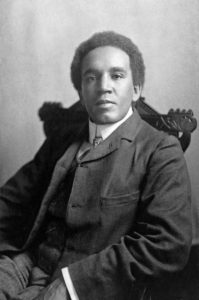
Otis Roche was welcomed into Mother’s liberal Cherokee family though he was born enslaved, as were his mother and grandmother. His first years were spent on a plantation in Virginia. Like Frederick Douglass, he was the son of his slave owner, learned to read in secret, and became a powerful orator and activist. He writes his story out of slavery and he works with the Order of Twelve, an historical anti-slavery society. For a time he serves part of the Underground Railroad. He also tests the Black Code and tries to make his voice heard. Eventually, he is punished for standing up to oppression.
My father is white and my mother is black. I am the compromise of those two parts, which I believe is divine and divinely good. Nonetheless, my generation was bartered so that the nation would survive and others could be free, so we wither in the shadow of the Missouri Compromise. Many people say that America cannot long endure half slave and half free. But my life and the lives of many others endure half slave and half free.
The Compromise, “The Letter, 1845”
“If the law is unjust, change the law. This is built into our Constitution. Give a man freedom and he will build the future, keep him down and he will destroy it!”
The Compromise, “The Parlor Grand 1842”
Eliza Roche

Eliza Roche is the beautiful and musically talented younger sister. As an infant, she was stolen by her father, Jebediah Roche from Le Petit Rouge, a fictional French district of St. Louis. Raised by Mariah’s mother, the siblings were close in childhood. They stay devoted while their paths divide in young adulthood. Forced to marry a man she does not love, Eliza is caught up in powers she cannot control.
“I do not love Richie,” she said, “but he is a good man.” I nodded. She had to marry him. We all knew that. “I pray for forgiveness. Will you forgive me, Mariah?” “I would never abandon you, Eliza.”
Hester Brown
“And don’t waste more time reading what’s inside your pocket about the righteousness of labor. It slows you down and don’t raise your pay none.”
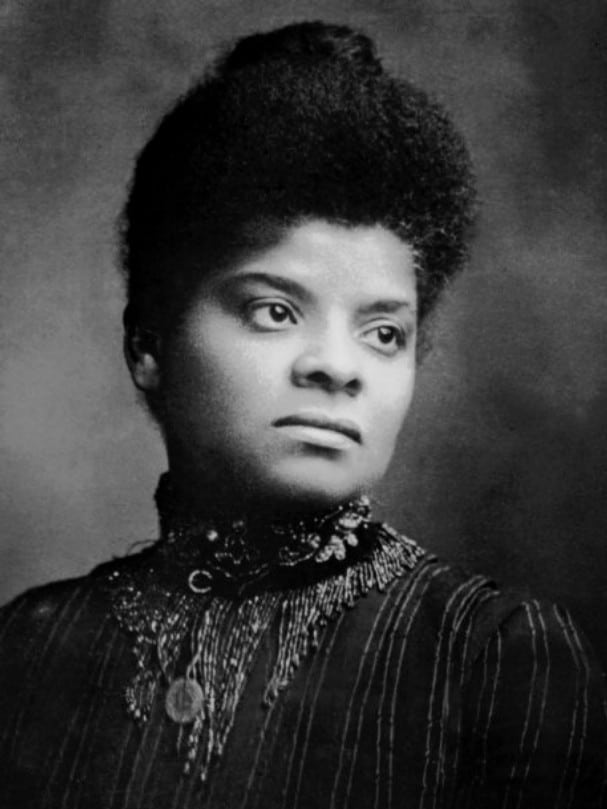
Hester Brown works at the Columbian Female Academy as a kitchen maid. She must work to pay for her freedom. Otis and Hester are a couple, but they cannot marry until they gain freedom from slavery. Meanwhile, she helps fugitives from slavery find freedom. Her relationship with Mariah, Otis’s half-sister, changes over the years from difficult to devoted.
“You get free time on Sundays, after church which ends at noon,” said Hester. "The 40 cents you earn each day will not pay for a thing worth having. But you, being white girls, mostly, can save your Liberty Dimes in a locked box in Miss Ada’s room. Then when you’re wed, your husbands can take those coins to pay for a business. That’s where you will work all your remaining days for nothing.
“Don’t look like that, Miss Mariah, like your blood is chilling. Working here is much better than scratching out a living in the hills with hillbillies!”
The Compromise “Columbia 1839”
Jebediah Roche
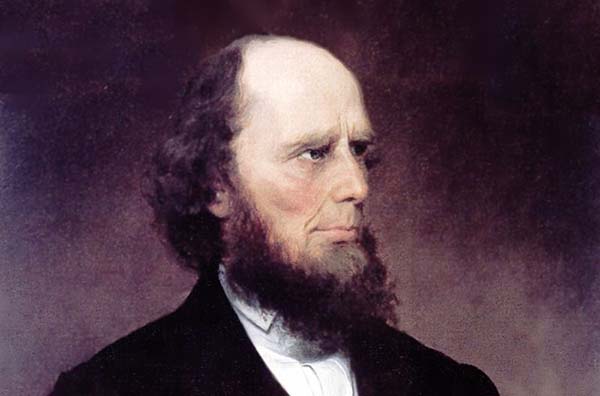
Scottish immigrant, Jebediah Roche exerts control over his children from afar. He’s a gifted itinerate preacher during the Second Great Awakening. Then he joins a prosperous congregation in Jefferson City, Missouri where he teaches the precepts of slavery and racial superiority. He keeps his son enslaved and profits from his earnings, yet he allows Otis to be educated and travel freely. He arranges his daughters’ marriages, is insensible to their wishes, and advocates punishment when he meets resistance. Jebediah is a man of his time. His beliefs and hypocrisies challenge his children to think and behave independently.
The Compromise, “Stoneville 1839”
George and Richard Fowler
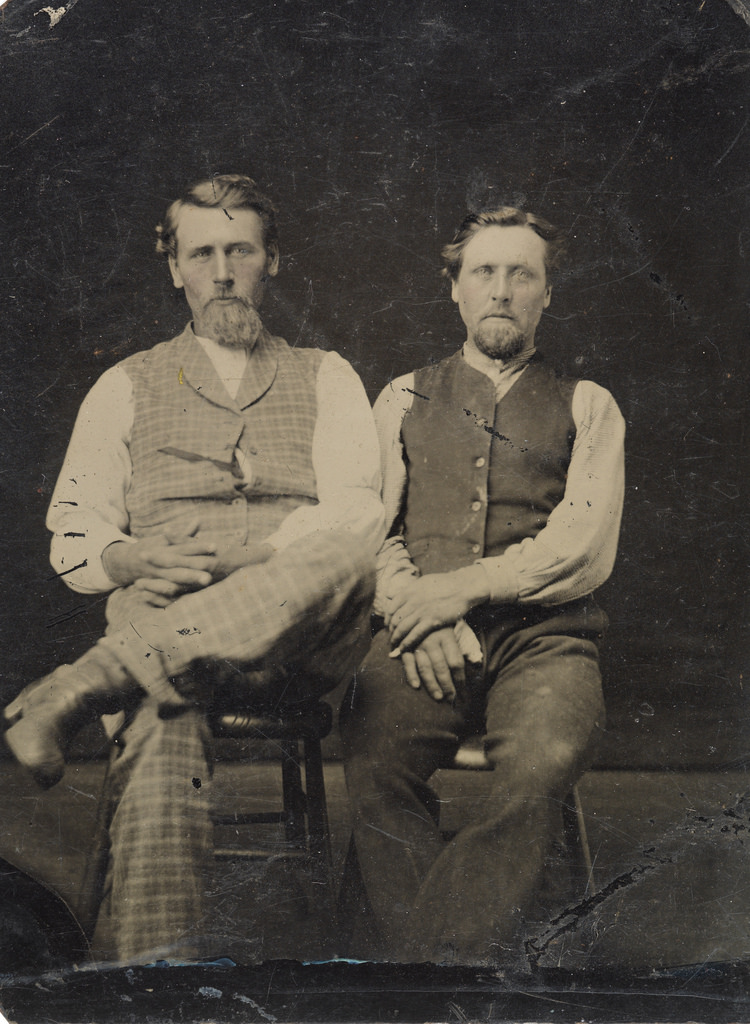
George and Richard Fowler are the Anglo-American brothers who expected to set up homes with Mariah and Eliza Roche. George works as a federal agent in the Indian territories and later enforces slave laws as a deputy of the Boone County Sheriff. He is strong and handsome but does not win Mariah’s love. Richard, an entertainer and a drunk, tries to keep his young wife Eliza by his side. Their marriage proposals provide comic relief, but the marriages are ill-fated.
The minister called out the vows: “... in plenty and in want, in joy and in sorrow, in sickness and in health, as long as we both shall live.”
Then the handsome groomsman looked at me with sharp blue eyes. I knew those eyes. That was George Fowler, the man I had pledged to marry.
Miss Ada and Mrs. Stern
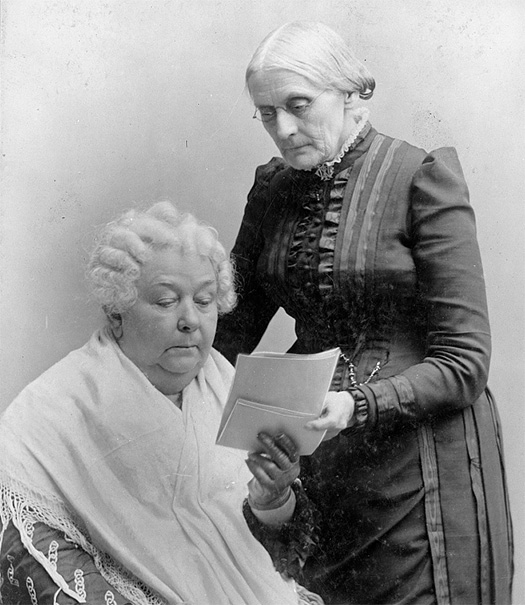
Mrs. Stern and Miss. Ada are are directors of the Columbian Female Academy, a fictional girls’ school in Columbia. It is based on the actual Columbia Female Academy, one of many built in that period. They teach comportment, fashion, liberal arts, women’s rights, and abolitionism. It’s a private school for the daughters of wealthy families, but they rely on their enslaved workers. They teach Blacks to read, promote abolitionist doctrine, and host anti-slavery meetings. This leads to the failure of the Academy and shame for the directors.
“Someone told the sheriff that we were harboring fugitives and teaching abolitionist doctrine. They think I’m a Quaker. The school sold to the Anderson’s who want it for a hotel.”
The deputy said, “This place of moral degeneracy is no school for girls.”
I did not feel the hands pulling me away from her. Other hands pulled her out the front door, but our eyes held each other. She said, “They took your money box, all your savings, $395, Mariah. I’m sorry. It’s done. Time is upon us.” There was a small crowd gathered outside to watch.
The Brotherhood
Others will feel the force of our sacrifice.

Boswell and Ebinezer are part of “the Brotherhood,” the antislavery society behind Otis’s transport and escape. This is based on the historical Knights of Liberty and the International Order of Twelve Knights Daughters of Tabor founded my Moses Dickson. Otis and Scarlett serve their agenda and trust them to transport Otis to safety. Mariah, however, does not approve of their tactics, which include stockpiling weapons for a slave revolt. This aspect of the story is based on historical fact.
“Listen to me.” He bore down. “The future’s got to be righteous if we’re going to have one nation under God. Good men who believe in this country have a worthy cause, one worth dying for, Mariah, and this is it. We’re going to take the future for ourselves.”
I asked. “Who’re you including in that word, ourselves?”
“You’ve been growing apples in the backyard and baking birthday cakes, and you think you know what moral degradation is. You have no sense of what’s possible when men are liberated, in mind and body, from the shackles of slavery. Besides, a man has no say unless he has one of those in his hands,” he threw his eyes towards the rifles.
I said, “That wild man, John Bronson. He wants you beside him, arming revolt to purify the land. He and his kind are asking for martyrdom.”
“The means justify the ends. Others will feel the force of our sacrifice. It’s called freedom. Why can’t you understand that?”
Midwife Mary
“But remember, you can’t stop childbirth from coming as hard as it does.”
Midwife Mary asks Mariah to become her assistant. Midwife Mary, a free Black person in Columbia, is an experienced and skilled midwife. Together they deliver and care for several babies: Sweetie’s surviving baby Nathan Ebenezer, Dara’s freeborn baby girl, and Francine’s mixed-race baby Joseph.
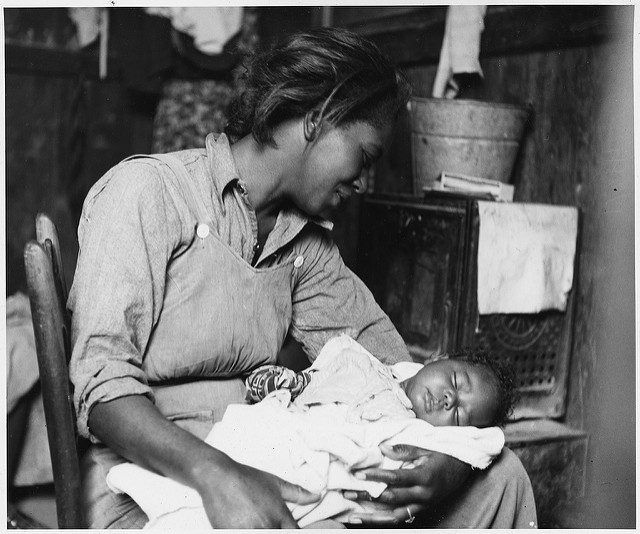
We moved the baby up close to Francine and asked her to take him to her breast. Francine looked like her mind had stepped into a hole and not come out. I held the crying baby close to her nipple and nudged his little mouth. It was open and ready to root. Midwife comforted Francine with every variation of “honey child” and “dainty little rose bud.” But she opened her eyes a little, peeked at her dark-skinned baby, and turned away. Francine looked straight into my eyes to say, “There is no place that wants us, not here and not back home.” Then she turned away again, a young woman without a home. There was a little silence while the baby sucked his hand.
The Compromise “The Back Door 1845”
Margaret Jane Mott
“You can cultivate your mind like a garden.”
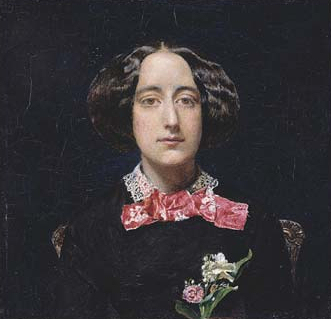
Margaret Jane Mott is a young white woman who comes to the Gamble Library to teach Mariah to read and write while considering political philosophy and feminist writings of the period. This leads to a friendship based on the life of the mind. In the following years, Mariah often thinks about what Margaret might say in any situation.
“You will learn to read when you want to know what it says. You can cultivate your mind like a garden.”
“A garden? And I can decide what comes in, I mean keep out the foragers and bad seed?”
She looked at me and frowned a little as if I said something important, not ignorant at all, but not nice either. She opened the folded sheets of heavy cotton paper. “This is written by an American woman living in Boston, Miss Margaret Fuller. Woman in the Nineteenth Century. This is a manuscript, soon to be published in The Dial. I met the author last year at the Peabody’s. She was leading a conversation for women. You must try to attend her conversations.”
Mr. Meriwether and Mr. Kerney
“Though it breaks my heart, it will heal my soul.”
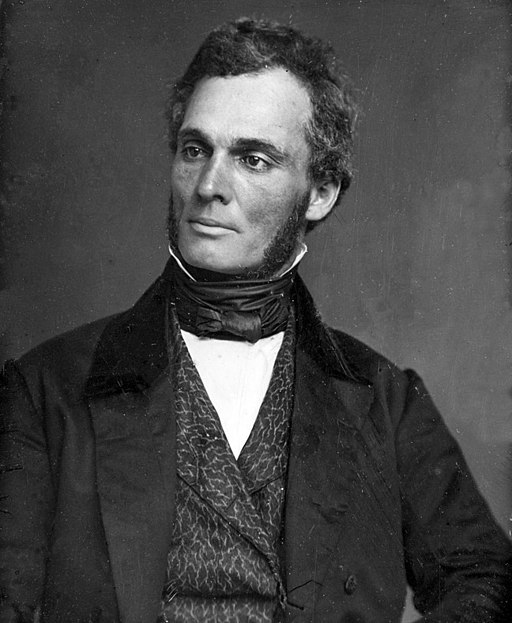
Mr. Meriwether and Mr. Kerney are fictional characters from a secret anti-slavery group at the University of Missouri. Abolitionists in Missouri worked to end slavery and improve civil rights after the Civil War: federal judges, journalists, and supporters of universities. I have no historical data on which to base the abolitionists in Columbia, it seems historically honest to give them a part in the story.

Mr. Meriwether raised his right hand and spoke for us all to hear, “It is my duty to give Otis the hand of friendship, to stand beside him in his hour of need.” Then he included us women in his gaze and tempered his voice with human love. “I strive to return him to your bosom as a liberated man, but I fear the tide of chaos that could drown his native nobility.”
Then he added quietly, “Or the sword of justice that could sever it from us. Meriwether took Otis’s hand and lifted the weight of his chain for a moment. “Though it breaks my heart, it will heal my soul.”
The Compromise “Meriwether 1845”
Scarlet Grundy
“To her, our patriotism is pretense.”
Scarlett Grundy, at first a dramatic schoolgirl, takes enormous risks to help Otis escape Missouri. In her protest during the Forty of July declamation, she uses some elements of the famous Douglass speech. Her human-rights education and intensity against injustice fuel her courage. In the second draft of the novel, she provides money to protect Otis at the time of his arrest.

Alone, Scarlett spoke sweetly at first, but her voice grew more determined. She nodded to the Greek chorus and said, “We stand before you at the tender age of 17 with a full life ahead of us.” There was encouragement from teachers. She said, “Look around you.” She pointed to the proud mothers dressed in their finest muslin and lace. “You succeeded. Today you reap the fruit of your American success.” There was applause. “I begin with a simple question. What is your success to those who are enslaved? What is our union to those who have been excluded?”
There was startled silence in the parlor. Scarlett gestured to the girls in the Greek chorus. “Your pursuits of happiness are vanity.”
Scarlett stepped forward and pointed to the back of the house where Hester was cleaning. “To her, our patriotism is pretense." She lifted her two hands as if shackled at the wrists. "Our liberty can not sweeten the salt of their tears. Our liberty is on the backs of their bondage; our national prosperity is furrowed by their hunger. She pointed to the ground. “This disparity is a pit of shame.” Several mothers rose from their chairs.
Lydia Maria Child
“Slavery is not a blast of hatred. It is slow and constant.”

Lydia Maria Child is an historical figure who enters the story. She is the guest lecturer at one of the secret abolitioniost meetings. I’ve applied descriptions of participation in antislavery meetings and her own words to present the controversial issues, the boycotts against slave labor and the inclusion of women in the antislavery meetings. Her activism included work for the rights of indigenous people. The language of Christian piety entered the activism of her day.
The small woman said in a voice that carried, “In Boston, the Athens of America, white women and black women enter the society together, arm in arm.”
“And you walk into danger, Lydia,” said her wealthy companion, but she spoke for everyone in the foyer.
“True, Mrs. Henderson. Arm in arm, we walk into spit and rocks. We take these risks together.”
The Compromise, “The Storm 1845”
Relationships
These characters are dedicated to the visionary women and men who made the the United States as they built their families and alliances with the ideals and compromises necessary for a functioning democracy.
Our sister horses, Maybell and Dolly would pull the wagon side-by-side and we’d all get hitched. Until then, planning the future was more work than actually living it.
